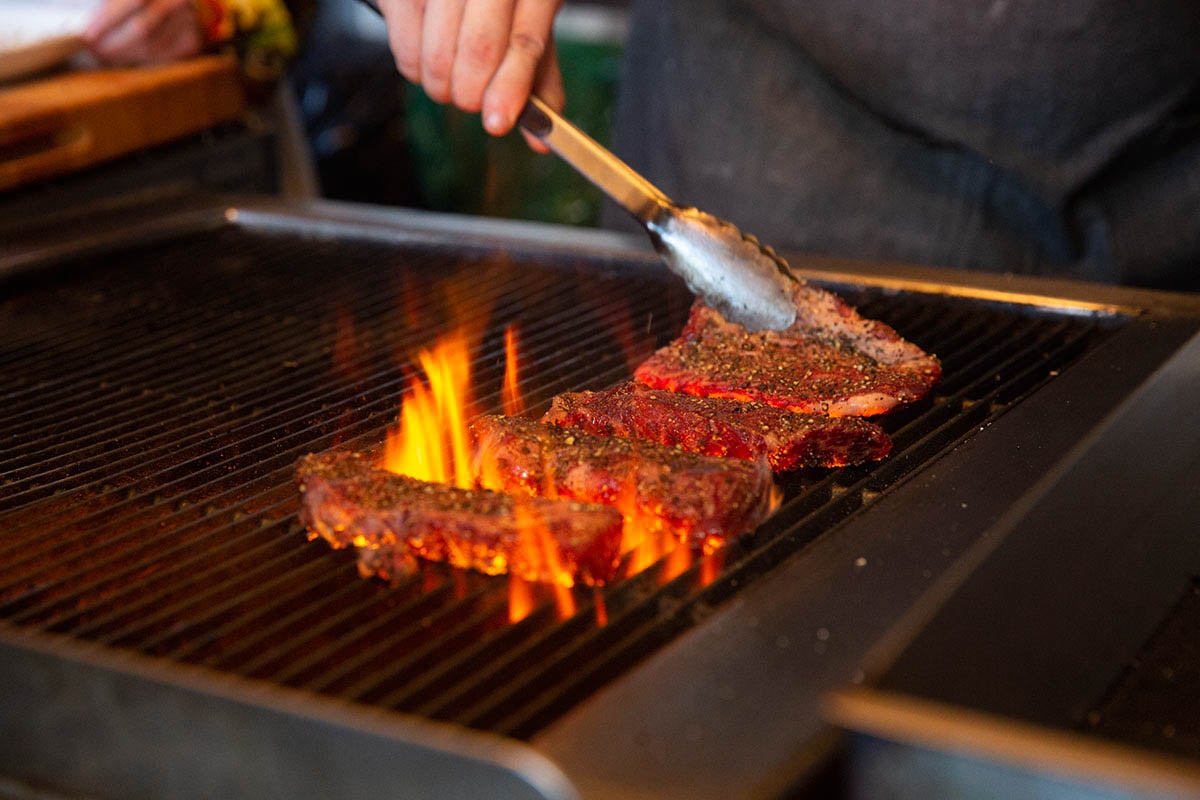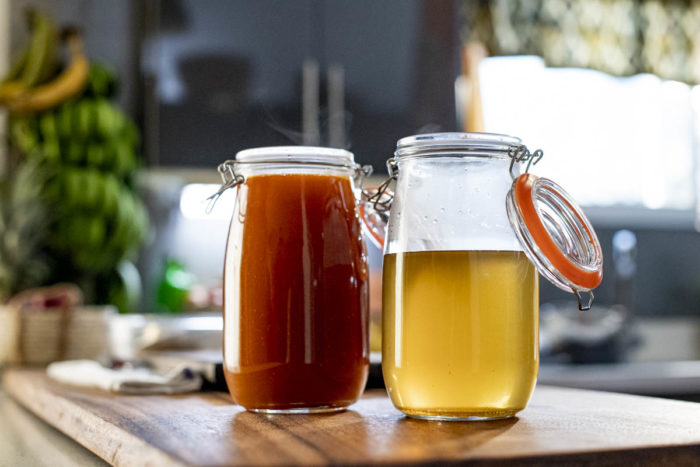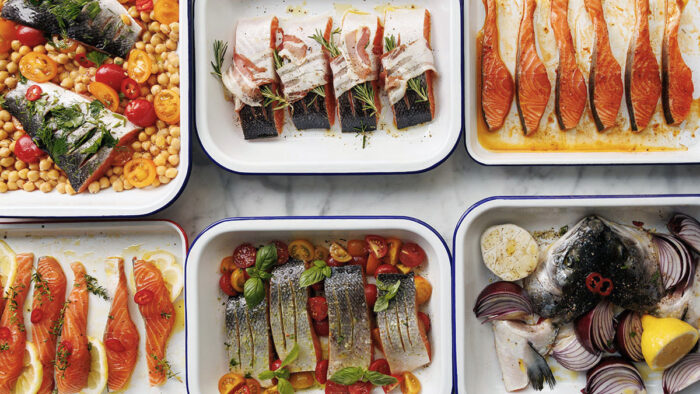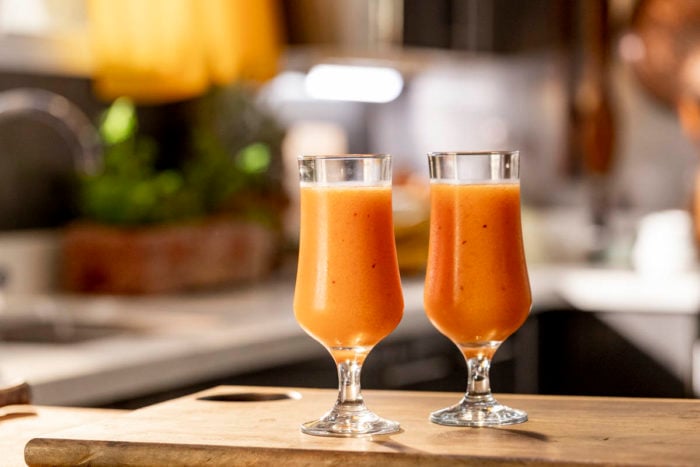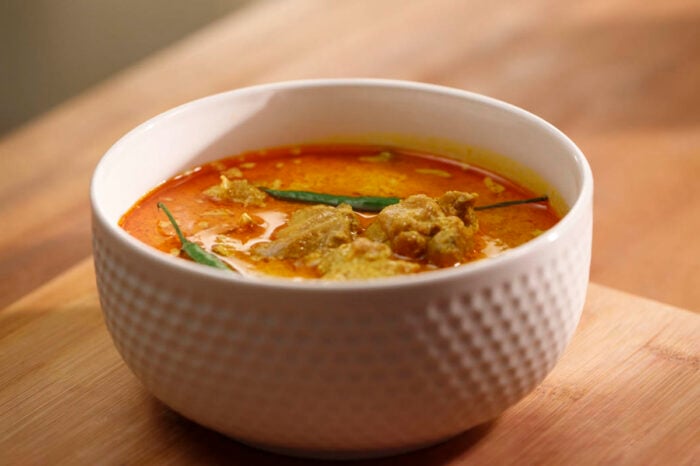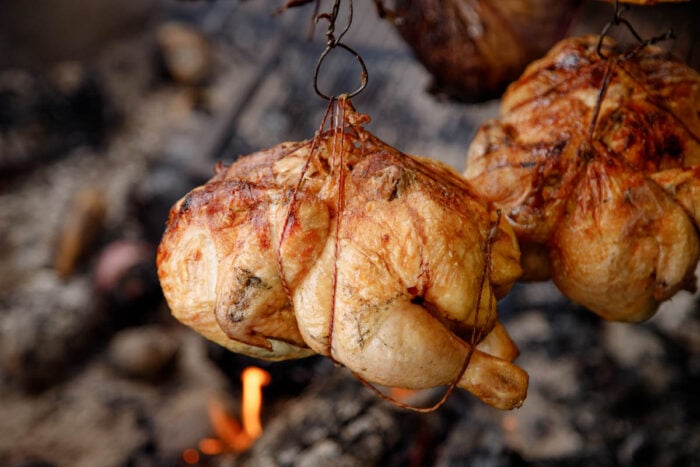
7 Tips for Cooking the Perfect Steak Every Time
Written by the YesChef staff
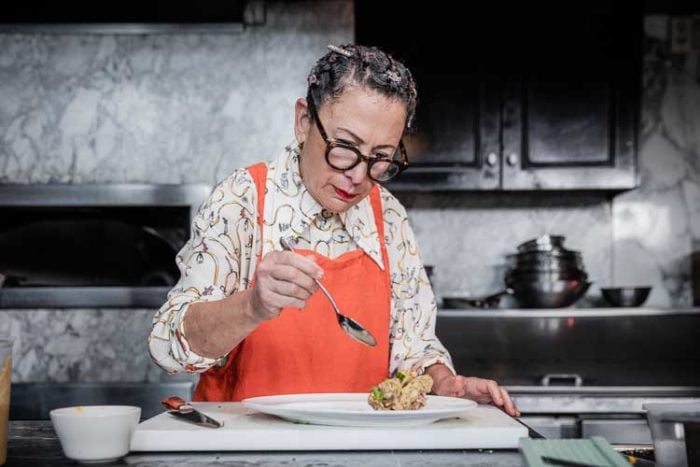
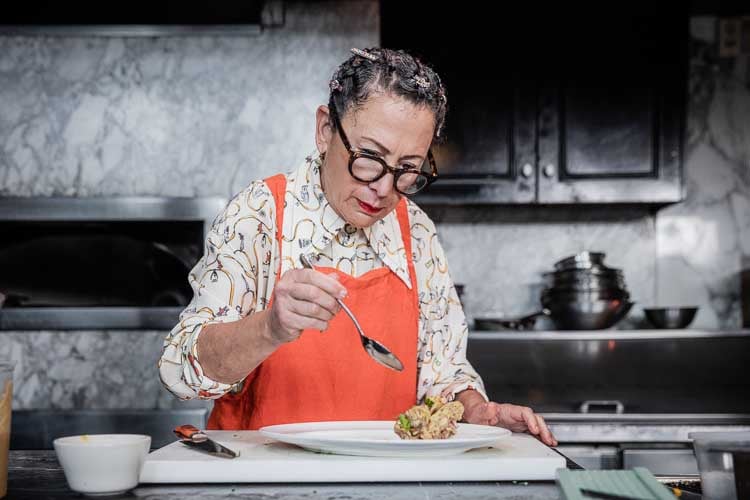
Get Access to an Ever-Growing Library of Classes
Every Subscription includes:
- Unlimited Streaming of all Classes
- Watch on your phone, tablet or laptop
- Story-driven Classes, Practical Lessons
- Recipes with Step-by-Step Guidance
- 30-day Satisfaction Guarantee
- New Lessons added all the time
€9.30/mo
Billed annually

Bring to room temperature
Season ahead of time
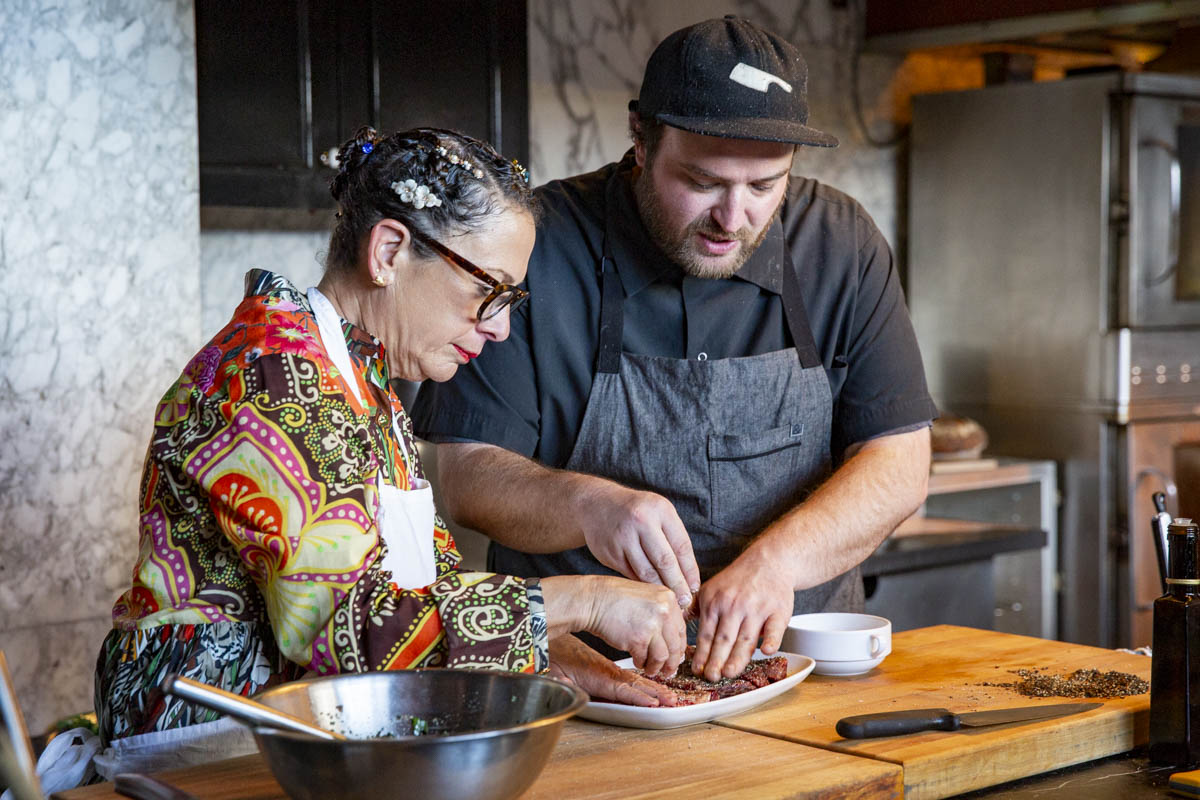
Direct and indirect heating zones
Flip, move and turn
Contrary to popular belief, you will actually achieve a more even steak sear if you move it around the grill. If the steak is left to cook on one side for too long, that side can cook too quickly. Steaks should sizzle immediately when they touch the grill and then easily release on their own. If you’re pulling or struggling with the meat, the steak is not ready to move.
Another pro tip from chef Nancy Silverton is to use the fire on a grill like the knobs on a stove. Just as you would turn the flame down on the oven, move the steak to a cooler spot on the grill once they develop that sought-after char. Pay attention to how your steak is reacting to the heat and flip, move and turn based on what feels right.
Looking to achieve those fancy quintessential crosshatch grill marks? After you sear the steak for two minutes, lift and turn the steak 45 degrees. If you don’t have an outdoor grill, but you’re still looking for that grill mark effect, cooking steak in cast iron grill pans also creates that same crispy exterior and tender buttery bite.
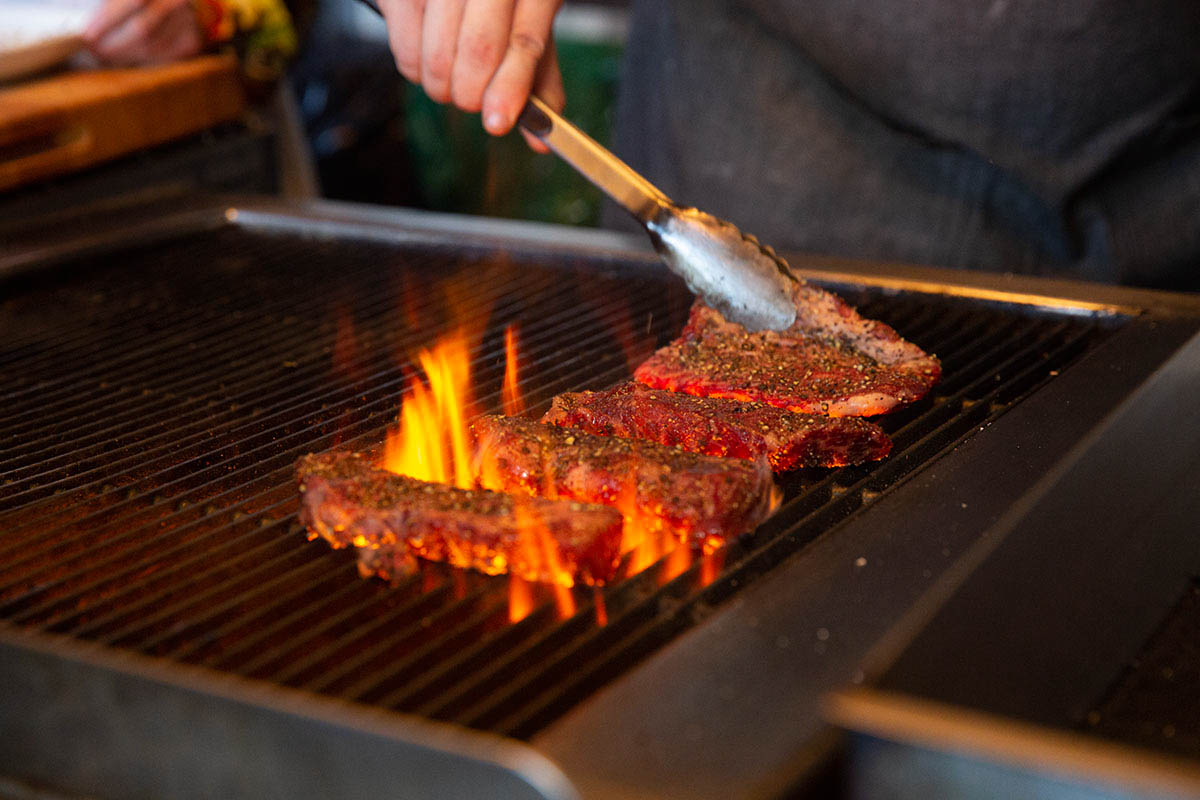
Use an instant-read thermometer
Rest the meat
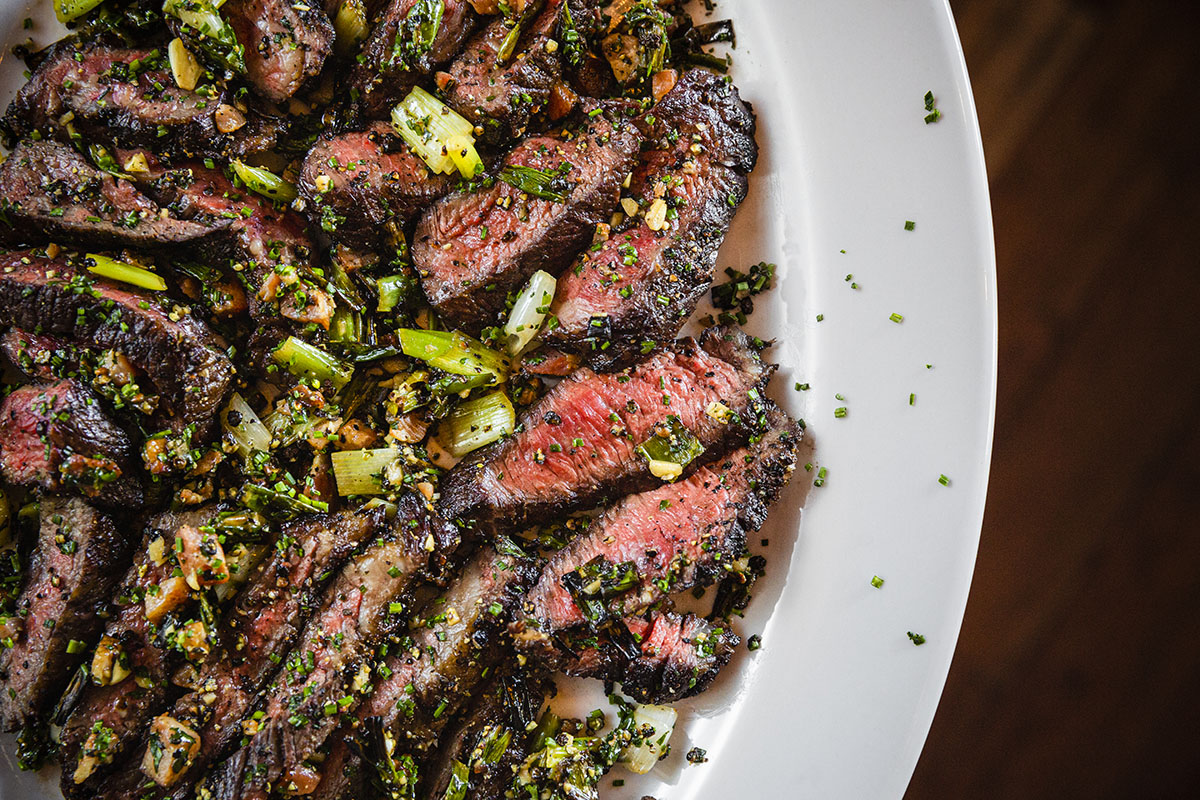
Slice against the grain
Ingredients
Recipe


